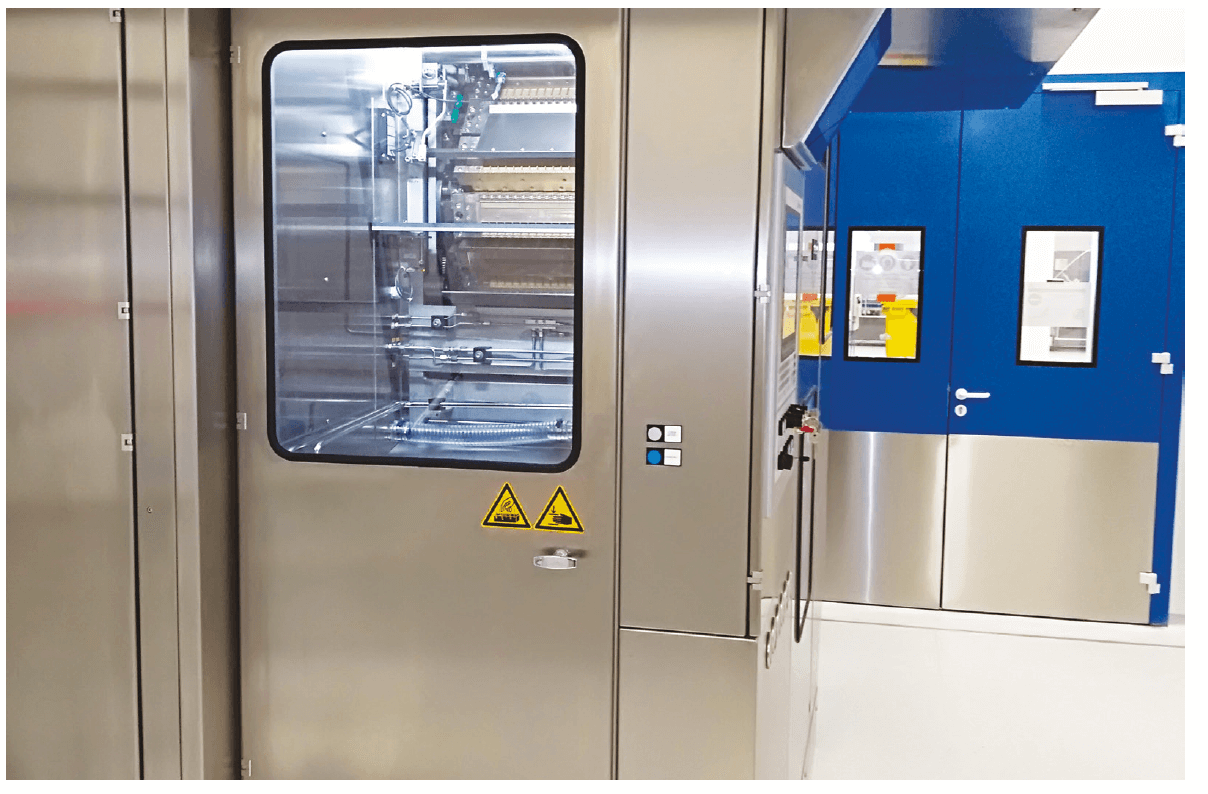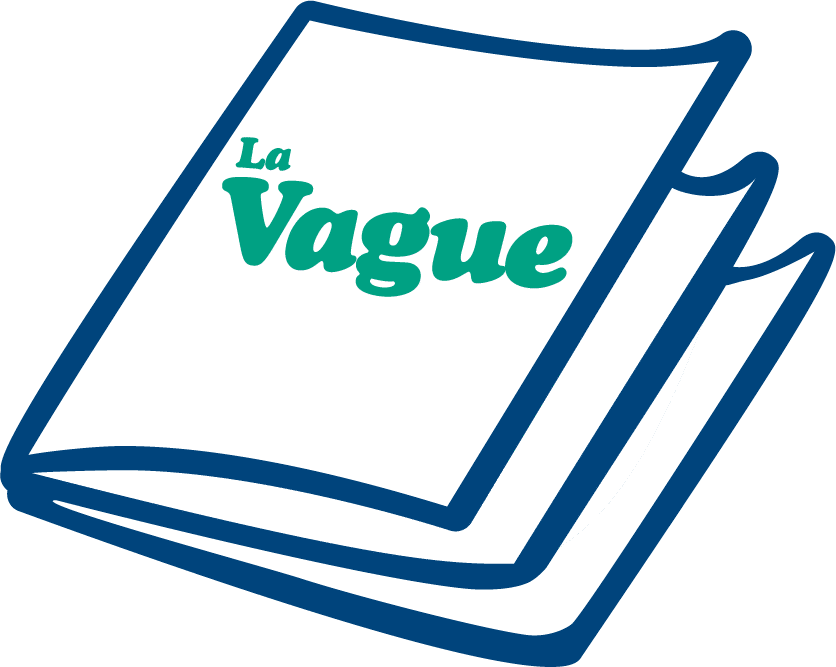Summary
- Quality Assurance & Production: impacts of the new GMP Annex 1.
- Should a visual inspection expert also be a vision system technical expert?
- Residual level of hydrogen peroxide present in isolators during sterility tests: What is the impact on the data generated?
- Advanced Therapy Medicinal Products based on bacteria.
- Supplier & End-User Disinfectant Qualification Comparison for Cleanrooms
- Feedback on the purchase of BFS fillers for a site specializing in PFS.
Feedback on the purchase of BFS fillers for a site specializing in PFS
In recent years, the pharmaceutical production world has been turning to BFS for the marketing of sterile pharmaceutical preparations and for the subject that concerns us: injectable solutions. This form of container has been in existence for more than fifty years and now allows us, with the development of technologies and their requirements, to accelerate the production launch of new products comparatively to lines adapted to glass containers.

BFS eliminates the costs inherent in the transport of empty glass containers which often have voluminous packaging, washing and sterilization costs so reducing the carbon footprint. There is also the aspect of breakage, cracks and scratches that impacts productivity and obviously product integrity. It also eliminates the risks of cuts or punctures during production and use, thereby protecting both the producer and the end user.
Through an appropriate design, this technology also allows us to dispense with a needle for sampling the pharmaceutical preparation via a direct connection with medical devices fitted with standard “Luer-Lock TM” connections. (Luer-Lock is a BD brand).
Aspen Notre-Dame-de-Bondeville specializes in the manufacture of sterile products, from production of active principles to manufacture of finished pharmaceutical products.
Recognized as a pharmaceutical site of excellence and a global benchmark for sterile products for more than 50 years, the site distributes its products internationally. In 2018, the site moved into the manufacture of anesthetics with the construction of a new production building to welcome these new products into its portfolio. More than 46 million single-dose units (polyethylene ampoules and polypropylene ampoules) and 2 million bags (polybag) will be added to the sterile production capacity of the site by 2023, which will bring the total sterile unit production capacity to more than 400 million.
1. Moving from PFS to BFS
When the site undertook the project to purchase 2 Blow Fill Seal (BFS) fillers, it was firstly necessary to find out about this technology that was unknown to the site.
Very quickly, the choice inclined towards closed parison, rotary BFS filler technology, rather than other models that could be “an alternative to closed parison” or “an alternative to cut parison” (see the differences on the sites of different constructors).
Being used to glass syringe filling technology in an isolator for more than ten years, the site did not want to go to a “conventional” filling environment with the associated panoply of environmental controls. Then, it was necessary to define the ampoule and its characteristics, wall thicknesses, geometry, dosage volumes with all associated tolerances.
Point of view of the supplier. It is always a challenge to work with companies that have accumulated experience and expertise in the field of packaging in isolators. We often find ourselves facing a comprehension gap between the two technologies, the designs, uses, the SOP, the definition of the life-line that is the aseptic circuit. It is here that listening to customer needs, their experiences, their expertise, begins…
But the site soon realized that there were similarities between management of a BFS machine and management of a glass container filler in an isolator, and also some big differences. To learn this new process, a visit to the constructor’s facilities in Germany was organized with Operational Quality Assurance, Quality Assurance Validation, the future production manager and the automatic inspection experts from the Aspen Notre Dame de Bondeville site, at the beginning of the project. These three days of discovery enabled us to understand equipment management and to target requirements more effectively in the different specifications for the placing of orders.
Our imperative was to place orders quickly. The 2 fillers were in fact on the critical path of the construction of classified atmosphere rooms. When placing these orders, in agreement with Rommelag, some options were selected with the aim of confirming them or not during the different visits to the constructor. For example, on the advice of the Rommelag teams, we opted for the possibility of having the mechanical assembly protected during withdrawal of the parison head in the technical area between batches, thereby allowing the return to the classified area to take place with a minimum of cleaning. All definition was carried out on the construction site, at the foot of machines in order to see the different advantages and disadvantages, while staying within the budget of the price quotation and the order. I imagine that these exercises were not always easy for the Rommelag teams!
After placing the order, other discussions took place very quickly with the Rommelag team to roll out the design review. As we were not familiar with the plastics process, many questions were asked with the aim of increasing knowledge. An injectable aseptic filling machine must have an appropriate design that complies with the particle levels of a classified area and allows easy and effective cleaning. We asked to place the valve array (that is the chamber containing all pipes, filters and other components for the product circuit and for the clean in place/sterilization in place system) in the classified area on our own initiative, with different options derived from our knowledge of the classified areas where our syringe lines are located.
Point of view of the supplier. It is important to keep an open mind and the responsiveness necessary to adapt to our customers, our markets. Designing a machine without taking account of the remarks of users would be a huge mistake. It therefore appeared essential to us from the beginning that customer / supplier discussions should, in the first instance, take place face to face on our site with the design teams of the different elements that make up our equipment. This was done taking an approach of constructive dialogue. Certainly some requests could not be satisfied as these changes would have significantly impacted the design of our 460 machine. Here we note that with discussions and good arguments, all points were overcome.
During the aseptic review of the product circuit and the process air circuit, exchanges were intense and our demands unequivocal. In fact, on our initial visits, we had noticed certain anomalies that we would not have let pass on a vial or syringe filler. So over the course of one week, we went over each phase of the cleaning and sterilization process and each part of the pipework, and we defined the pathways for water for injection (WFI), process air and pure steam. With one A0 sheet per step, the meeting room soon had new wallpaper!
This working session subsequently allowed the creation of an Excel document reprising all these phases in grafcet form (graphic method of representing sequences), adding to this all changes to the conditions of steps (temperatures, WFI volume, duration, status of valves, etc.). It is necessary to specify that for this exercise, you have to be surrounded by good people with substantial experience in the exercise, such as sterility assurance experts and automation engineers with experience of these cycles. This Excel document was updated throughout the project, was continually the point of reference between the constructor and the project team, and today it is still used to support certain activities.
Another big difference between the rotary BFS machine process and the alternative BFS machines is the absence of environmental control at the point of filling.
The filling point is located in the plastic pocket that will allow the creation of the future ampoule. The width of this pocket is monitored and this measurement regulates the blown filtered air. The parison can therefore be likened to the mini “isolator” of a conventional filler. But it is so small, and the volume of air that keeps it in shape so small, that it is totally impossible to sample the volume of air necessary for particle testing. It is also impossible to place a petri dish in it.
However, during start-up, the BFS process requires a plastics process stabilization step lasting several minutes, to purge any particles which might be located under the parison head heated to more than 150°C. Then, when the plastics process is stabilized, the filling /dosage cycle begins. When the filling cycle stops, the needles or mandrels are firstly reassembled in the parison head then the plastics shutdown phase is activated.
So this is the strength of the BFS process: the environment of the filling area is continually renewed and the area where filling takes place ONLY appears during filling. However, when the process is stopped, only the environmental quality of the room allows a compliant particle level to be maintained.
Despite the very restrictive context of COVID-19 and a Rommelag technician confined to his home in Germany, we succeeded in carrying the project through successfully.
2. Preparation of the active principle
For those who are already producing injectable units, you will not be disoriented… Preparation of the active principle for an injectable product placed in a BFS unit remains identical to preparation for filling in a glass container. Those who wish to launch into BFS must refer to the requirements applicable to parenteral preparations and use the same as for filling a glass container.
For preparations supporting terminal sterilization, it is also possible to perform this terminal sterilization by selecting the corresponding plastics grade.
Conclusion
The production of injectable pharmaceutical preparations in BFS units must be managed by a project process as for any other pharmaceutical form. The approaches, risk analyses and processes are truly similar.
The draft of the future European GMP Annex 1, communicated in February 2020, becomes more precise on this type of production; the production of injectable BFS ampoules is the subject of a much more directive regulation. Although the limitation of interactions with suppliers upstream of the process makes BFS seem attractive, it is nevertheless not always simple to integrate a new technology that combines cooling circuits, a vacuum system and a powerful hydraulic circuit all of which interact in the forming process. New trades also need to be incorporated such as plasturgy, molding, etc. Studies on container/content interactions are necessary and require time and resources.
BFS technology has been a tested solution for the packaging of liquid and viscous products for more than half a century. These parenteral forms were the first to be packaged in BFS bottles, large parenteral volumes. Today, it is increasingly evident that in the approaches to packaging projects for injectable products, the BFS solution presents as a very serious alternative to other presentations: glass ampoules, syringes, etc. A simple, robust technology where control of the forming/filling process is within the reach of all production sites. Sometime the limitation is still the ignorance of BFS or a certain conservatism of some players in our pharmaceutical world.
Share article


Glossary
BFS Blow Fill Seal
WFI Water For Injection
FAT Factory Acceptance Test
PFS Pre-Filled Syringes
SAT Site Acceptance Test
SOP Standard Operating Procedures




